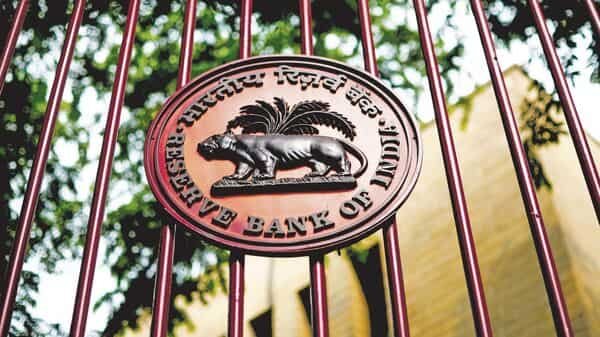How much steam is left in the rate hike engine?

The monetary policy committee (MPC) of the Reserve Bank of India (RBI) has decided to increase the repo rate, or the interest rate at which it lends to banks, by 35 basis points to 6.25%. One basis point is 0.01%.
The MPC has been raising rates since May in order to control inflation. The idea is three-fold. First, as interest rates go up, EMIs go up as well, leaving less money in the hands of people to spend. Hence, less money chases goods and services and helps control inflation. Second, as interest rates go up, people are incentivized to save more and spend less. Third, as interest rates go up, the cost of borrowing for firms goes up as well, leading to a slowdown in investment and expansion. This leads to a slowdown in hiring and helps control wage inflation.

View Full Image
This is the theory. Nonetheless, monetary policy takes time to make an impact. Indeed, as of 18 November, the annual bank loan growth stood at 17.2%. It was at 10.1% before the MPC started raising rates.
So, as interest rates have been going up, bank lending has been growing at a faster pace, the opposite of what theory suggests. Retail loans grew by more than 20% in October whereas industrial loans grew by 13.6%. This, despite lending rates going up from a weighted average of 8.7% in April to 9.4% in October. In contrast, deposit rates have gone up at a slower pace, from 5% to 5.5%.
The prevailing wisdom among many economists is that the RBI may be done raising rates. A few reasons suggest otherwise. Take a look at the chart alongside. It plots the repo rate with the US federal funds rate. The federal funds rate is the interest rate at which commercial banks lend to each other on an overnight basis.
Indeed, the federal funds rate and the repo rate have moved parallelly in the last few years. The point being that the RBI might have to continue raising rates if the Fed does so. The Fed in its communication up until now has said that the pace of interest rate increases will slow down. But it has not said that it will stop raising rates.
Further, the retail inflation in October came down to 6.8% from 7.4% in September. This has led many experts to argue that the MPC will not raise rates further. The trouble is that core inflation continues to remain high.
Core inflation is the inflation of the items that remain after excluding food, fuel and light items, and petrol, diesel and other fuels for vehicles. Note that the RBI actually has some ability to curb core inflation.
Core inflation has been higher than 6% in seven out of the eight months from March to October. RBI governor Shaktikanta Das did acknowledge the stickiness of core inflation in his statement. He also said that retail inflation is expected to continue to remain higher than the RBI’s target of 4%. The RBI expects retail inflation during January to March to be at 5.9%.
Finally, the rupee continues to remain weak against the dollar. One dollar was worth ₹81.16 on 2 December and at the time of writing this on 7 December, it had appreciated to ₹82.4. Also, with much of the rich western world entering an economic slowdown, India’s goods exports are expected to take a beating. This is expected to lead to a higher trade deficit (exports minus imports). In this environment, it is important to keep interest rates on the higher side to keep attracting dollars into India, in the process ensuring that the rupee does not weaken further against the dollar and lead to a higher trade deficit in rupee terms.
Taking these factors into account, the chances are that we haven’t seen the last of the RBI’s interest rate hikes.
Know your inner investor
Do you have the nerves of steel or do you get insomniac over your investments? Let’s define your investment approach.
Take the test
Download Finplay News App to get Daily Market Updates.
More
Less
